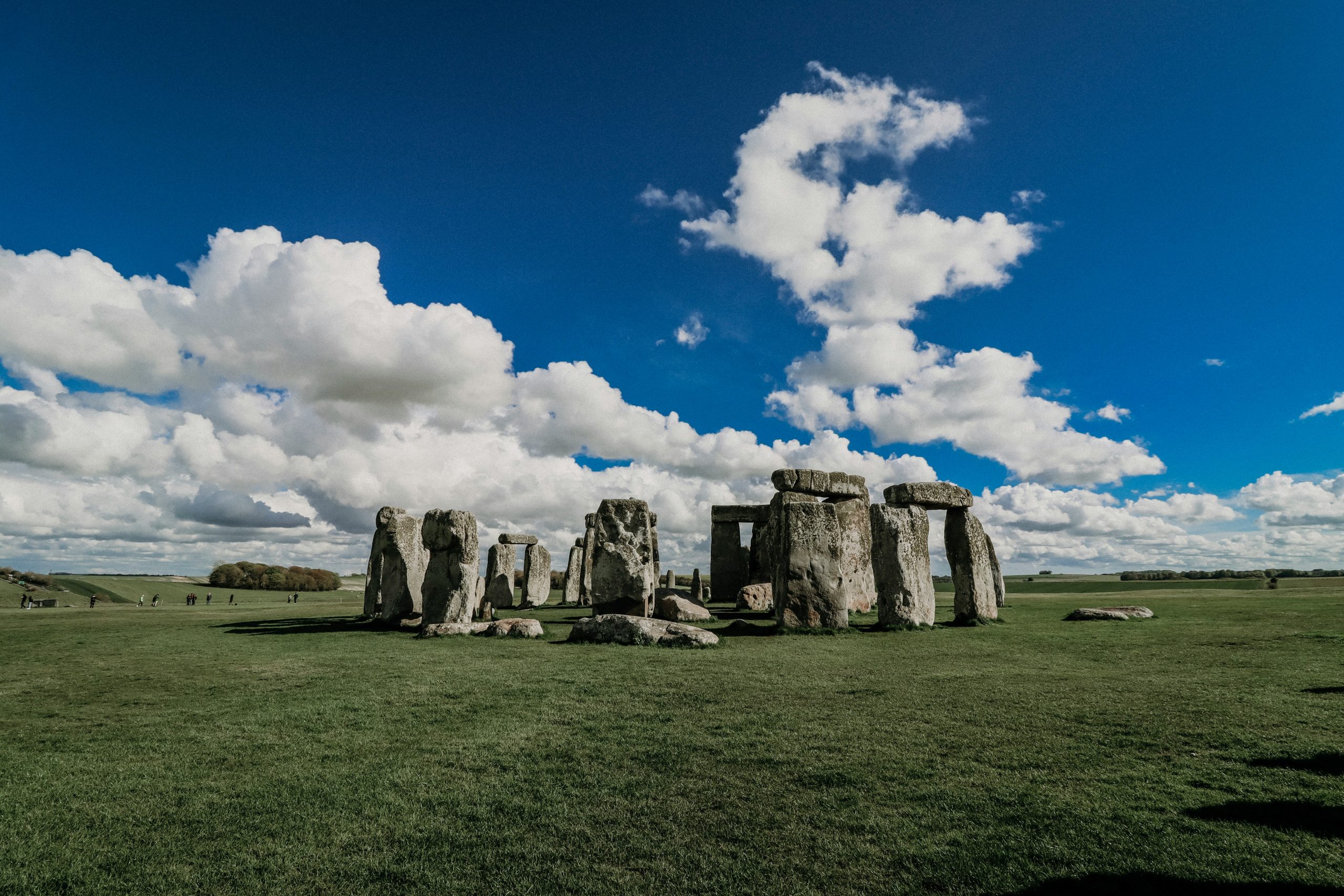As culture shifts, so does our understanding of prehistoric monuments

Photo by Ty Welch via Unsplash
The first thing you see of the Stonehenge exhibit at the Royal BC Museum is a replica arch which welcomes you into the space. It is almost the size of Stonehenge itself — scaled down just 20 per cent. Staring up at the replica, it was still difficult to picture how big Stonehenge really is from across the world.
The second thing you see when you enter the exhibition is a video of archaeologist Mike Parker Pearson introducing the currently accepted theory of Stonehenge’s purpose to the people who built it: a monument to the ancestors.
But as you wander the exhibit, you discover that this statement is too broad to encompass the purposes of Stonehenge across history. As archaeologists continue to research Stonehenge and the surrounding plains, they discover more about the various cultures who came before, built, and oversaw Stonehenge.
The exhibit is divided by three main time periods which trace Stonehenge’s evolution through the ages: Before Stonehenge, Stonehenge (which is split into the First and Second Stonehenge), and After Stonehenge.
It’s difficult to imagine the conception of a prehistoric monument now, but archaeological evidence tells us that Stonehenge didn’t emerge fully formed from the ether in the English plains — nor was it built in the Salisbury Plains for no reason. In fact, evidence says that people lived in the Salisbury Plains long before Stonehenge was first built. Archeological evidence suggests when it was eventually created, its first form was a burial place for the early peoples of the United Kingdom. Multiple groups frequently travelled to the site, as it was located in a high traffic area.
With time, Stonehenge grew and changed into the version that still stands today. And Stonehenge isn’t confined to its well-known stone circles alone. The woodhenges — homes for the builders and community and places of worship — are also an important part of the historic site, as is the Preseli Hills, the site in Wales where the oldest stones of Stonehenge came from.
This history of Stonehenge is conveyed to the museum-goer through a collection of artifacts, such as antler picks, shards of pottery and flint, discarded animal bones from feasts, and a collection of videos that detail various expert theories about the artifacts. If you take the time to read and watch everything, your journey through the exhibit should take roughly two hours.
Several of the artifacts in the exhibit are visiting North America for the first time, including the burial artifacts (and photographs of the remains) of the Stonehenge and Amesbury Archers. These artefacts mark a distinct cultural shift in Britain at the end of the Stone Age and the beginning of the Bronze age with the arrival of the Beaker people. The Beaker people were immigrants from Europe and their culture heavily influenced the locals — most notably, how they were buried. Previously, the dead were cremated. Now, they were buried in burial mounds. According to archaeological evidence of the bones, the Stonehenge Archer was native to the British Isles. Rather than being cremated and then buried, his body was interred in burial mound with arrow heads and a wrist-guard, and may have been executed.
In contrast, the Amesbury Archer, one of the Beaker people, had a much more opulent burial. He was buried with gold and jewelry, as well as the upside-down bell design of the jars that the Beaker People were named for. After the cremation of the Amesbury Archer, gold and the beaker jars were a common staple in burial goods across the United Kingdom.
In studying history, nothing is set in stone. As Pearson said in his introductory video, archaeologists must search the land around the artifacts they discover for context. Why was Stonehenge built where it was? Why take stones from Wales? Why did the neolithic people stop burying their dead in Stonehenge? When did they start using Stonehenge as a monument for their ancestors?
The exhibit raises these questions, provides possible answers — and debunks certain others — but ultimately refuses to make definitive statements about the history of Stonehenge. Ultimately, the exhibit highlights that as culture changes, our relationship to history and monuments continue to change and grow. Thus, through new eyes and new discoveries, even something like Stonehenge continues to change.
The Stonehenge exhibit runs until January 5, 2025. Tickets can be purchased at the Royal BC Museum and their website.








